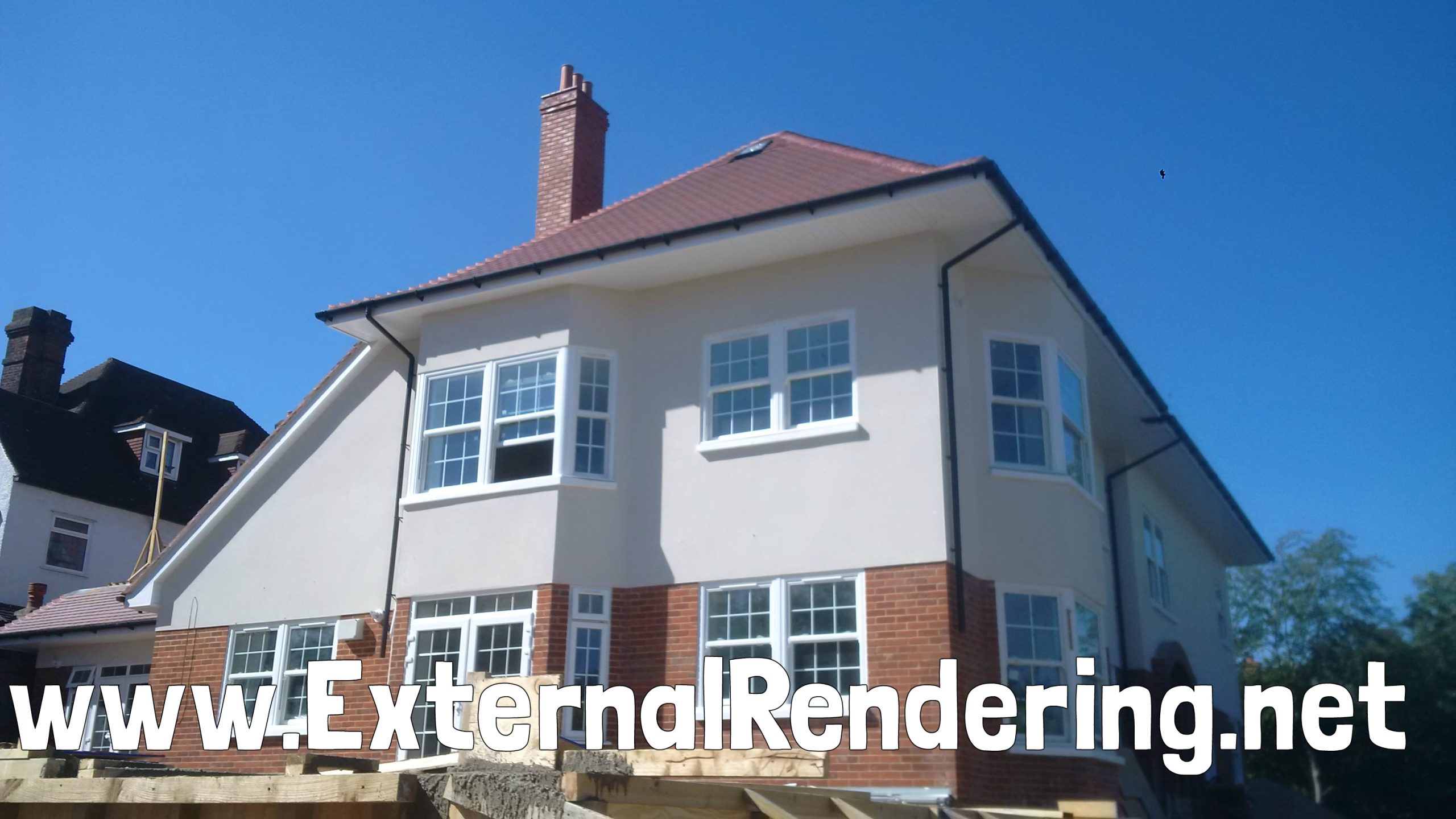The life of a render system depends on many factors. The substrate it is applied on may have more movement compared to others whilst the type of render may be a huge factor in how long it lasts.
It’s best to understand the types of render that can be applied to a property.
A sand and cement render system (also known as a traditional render system) is the early version of rendering. The materials for a sand and cement render are cheap and the system can be repaired quite easily when cracks appear although it is applied as a grey or beige colour that requires decoration in order to look nice.
Then you have a lime render system. The lime render system is another example of an earlier render system as is best for properties that were built before the 1930’s and have a lime mortar between the bricks. A sand and cement render would react with a lime mortar if it was applied on a house built before the 30’s.
The other type of renders system is the latest type known as modern render systems. These renders are self-coloured, flexible and have technology in them that allows it to repel the likes of water and algae.
The substrate that the render is applied on is also very important. The most common of these are brickwork, blockwork and a timber frame although render can sometimes be applied over existing render. A timber frame would have more movement that the brickwork or blockwork of a house so would require a more flexible render. In this case, a sand and cement render would not last very long as it would crack with the ever-so-slight movement. Rendering over existing render is also one that requires a particular type of render. It’s always suggested to render with a thin coat modern render system onto existing render as other render systems are far too heavy and would simple pull the new render off the wall after a matter of months or years.
The installation of an overhang can also help the render to last longer. An overhang is an extension that prevents water running down the render and prevents water from getting through any gaps in the top of it. The most common overhang is an extension to the roof so that when water runs down, it is driven away from the render meaning it would last longer and not get damaged when it rains.
A modern render system is always going to last the longest over all other renders. Taking into consideration the flexibility, technology and how it can be maintained (a light jetwash every now and then) means a self-coloured render system can last around 5-10 years whilst a sand and cement or lime render system may only last a couple of years when you take into consideration the weather, movement of a building and the cleaning that would be required.
The lime render system would also have a similar life to the sand and cement render. It is fair to say that the traditional renders would look far more tired sooner than a modern self-coloured render system.
